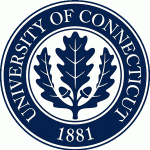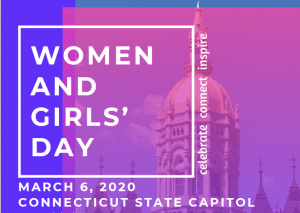A working paper has been released by the National Bureau of Economic Research that examines the impact of COVID-19 on minority unemployment through the most recent release of Current Population Survey (CPS) data for April of 2020.
The research finds that unemployment of blacks (at 16.6 percent) has not been impacted as severely as during past downturns although their unemployment rate is above the national average of 14.7 percent. In comparison, Latinx unemployment (at 18.2 percent) has been much more impacted than in recent months or the Great Recession. Historically, unemployment of blacks would be greater than that of Latinx throughout the business cycle. In the April CPS data, for the first time, unemployment of Latinx is higher. The analysis reveals that the disproportionate impact among the Latinx is related to lower levels of education, less work experience, and a concentration of employment in industries and occupations that left them more vulnerable to job loss.
The research is co-authored by Robert Fairlie of the University of California Santa Cruz, UConn Faculty member Ken Couch, and Huanan Xu of Indiana University South Bend. Xu is an alumni of the UConn Ph.D. program in economics.
The working paper can be found at this link:

 Based on his research of the impact of the 2009 H1N1 pandemic, Professor Jorge Agüero has published two op-eds for Peruvian outlets on the economics of the Covid-19, how it could affect the Peruvian economy and the role of public policies to reduce the impact of the pandemic.
Based on his research of the impact of the 2009 H1N1 pandemic, Professor Jorge Agüero has published two op-eds for Peruvian outlets on the economics of the Covid-19, how it could affect the Peruvian economy and the role of public policies to reduce the impact of the pandemic. On February 27, 2020, two Economics students from the Storrs campus (Daija Brunson and Pershae Gilling) and one Economics student from the Stamford campus (Viviana Castillo) got the chance to travel to Cleveland, OH, for a Women in Economics Symposium. In the morning of the event the students got the chance to meet Research Assistants for the
On February 27, 2020, two Economics students from the Storrs campus (Daija Brunson and Pershae Gilling) and one Economics student from the Stamford campus (Viviana Castillo) got the chance to travel to Cleveland, OH, for a Women in Economics Symposium. In the morning of the event the students got the chance to meet Research Assistants for the  On March 6, 2020, Dr. Natalia Smirnova and Dr. Tianxu Chen represented the Economics Department at the “Women and Girls’ Day at the Capitol 2020” cohosted by The Governor’s Council on Women and Girls, The Commission on Women, Children, Seniors, Equity & Opportunity; and The Women’s Suffrage Commission.
On March 6, 2020, Dr. Natalia Smirnova and Dr. Tianxu Chen represented the Economics Department at the “Women and Girls’ Day at the Capitol 2020” cohosted by The Governor’s Council on Women and Girls, The Commission on Women, Children, Seniors, Equity & Opportunity; and The Women’s Suffrage Commission.